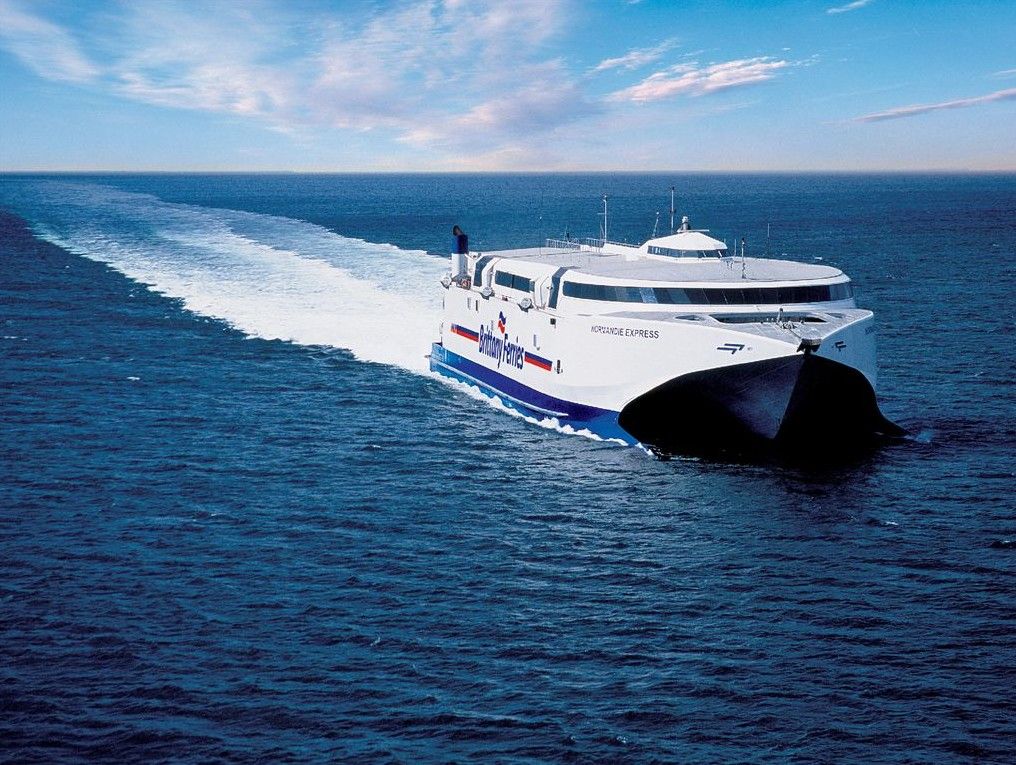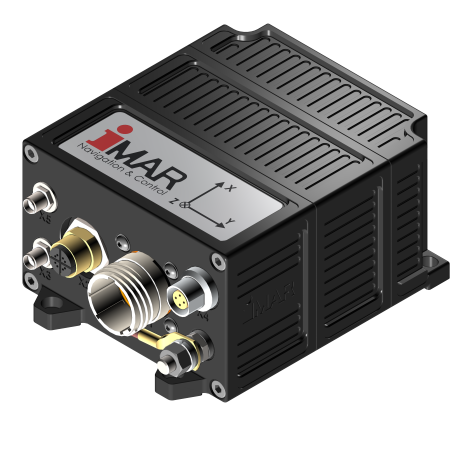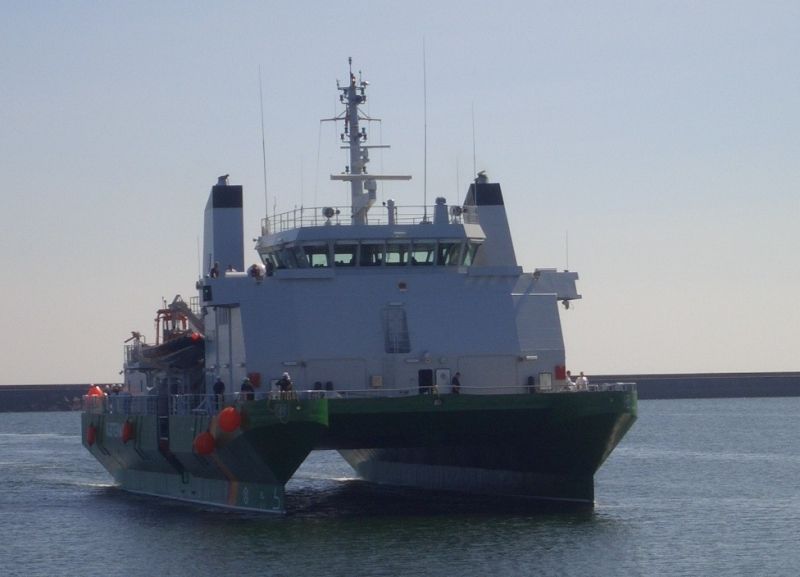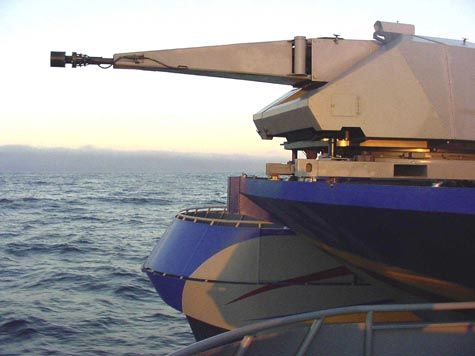iSSMC: Ship Stabilization and Motion Control (iATTHEMO)
Stabilize and control your ship with iATTHEMO/TLx
Ship Stabilization and Motion Control System (iSSMC, iATTHEMO/TLx)
The iSSMC and its successor iATTHEMO/TLx are highly integrated Inertial Ship Stabilisation and Motion Control Systems, which use an integrated inertial measuring unit and an advanced control processor to control the actuators (fins, rudder, ...) of the ship to improve the comfort of the passengers (e.g. for high speed ferries) or to stabilize a working platform on a ship.
- Ship motion stabilisation and control system: Roll / PPtch / Heading / Heave control
- controls an arbitrary number of fins, thrusters etc. and rudders / waterjets
- applicable to all usual systems with CAN, Ethernet or UART interfaces (option: hydraulic valve control interface)
- provides also control data for a stabilized platform (antenna, satellite communication, working platform, helicopter landing deck, heave compensated platform to access wind turbines ...) as an option
- in 24/7 operation on many ships and fast ferries for many years around the world
The core of iATTHEMO and iSSMC is a accurate MEMS based inertial measuring unit which continuously determines roll, pitch and change of heading (and as an option surge, sway and heave) of the ship with appropriate data rate. These data are fused together with the data of an integrated multi-constellation / multi-frequencies GNSS receiver to control the actuators of the ship.
The iATTHEMO/TLx provides all interfaces to control the ships actuators (hydraulic or electric torque generators), to read back the actual fin and rudder position, to provide the system status on the CDU (control and Display Unit) located on the bridge and to feed information via CAN to the ship’s PLC and data distribution system. The Ethernet interface allows remote diagnostics and service capability worldwide.
Since 2022 the iATTHEMO/TLx is the successor of the iSSMC with expanded computation power and interface capabilities.
iATTHEMO/TLx is available with several sensor classes from economic performance to professional performance.
Further informations:
Note:
In compliance with our proven design philosophy and our technical code of conduct for development, production, and quality assurance of our products and solutions, only physics determines the behavior of iMAR’s measurement systems. The real-time output of our systems and solutions in the inertial signal path is achieved through the intelligent signal processing developed by our experienced engineers – not by artificial intelligence (AI).
Why?
We cannot recommend that integrators or users entrust the success of critical or general missions in inertial navigation, stabilization or control to the heuristic decisions of AI.
Rely on the high reliability, accuracy, and availability of iMAR solutions, as well as on the leading INS/GNSS/+ expertise and experience of our engineering team in Germany. This is based on our mathematically and physically precise algorithms, traceable results, our sensor, hardware, and algorithm design, and our production facilities, which are certified to military and aviation standards.
Note: We apply AI methods in signal processing where they provide benefits for the application (e.g., for improving image or scenario analysis). However, our highest priority is mission safety – even in so-called corner cases of applications, where AI is typically not sufficiently trained.
Solution for stabilization, hhip control, heave, dynamic positioning, DP, DP1, DP2, DP3, heave compensation, ride control.
Further information
More manuals, user reports and other information in our download area.





